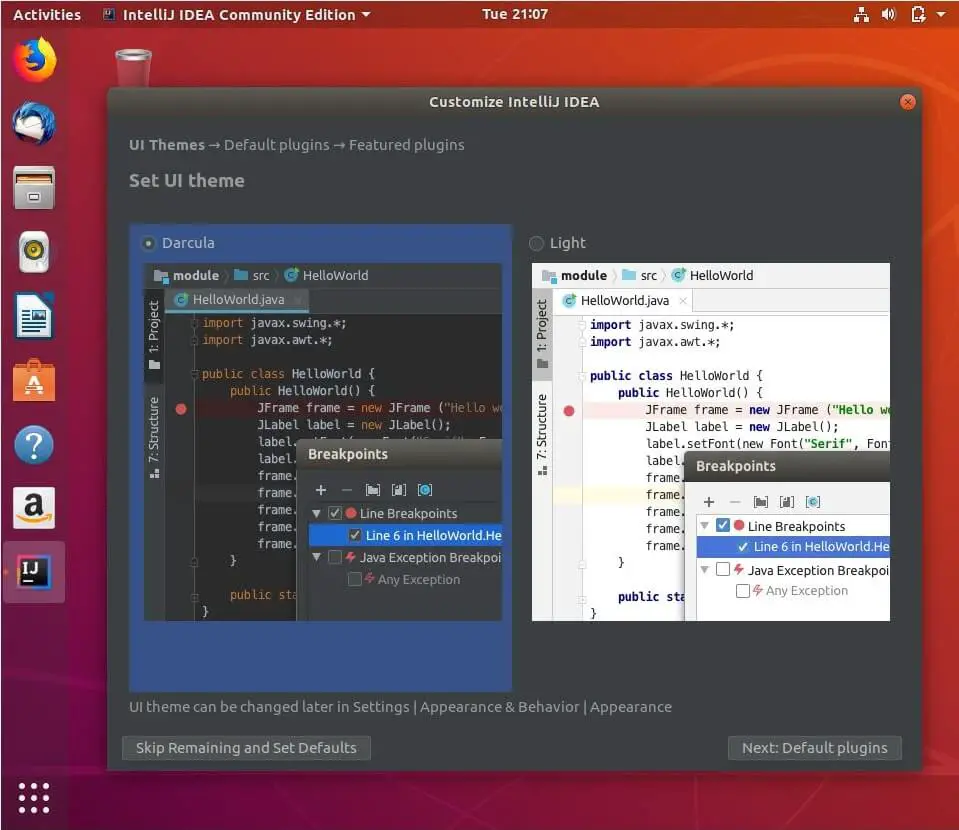
Hence, to create any other user and use that to install some software without giving root access for all the commands, we have to install sudo manually using the command line. Well, sudo is already in the Debian system most of the time however, in minimal Debian installation such as Debian on Docker, the sudo will be missing.


Switch to new user Command to Install sudo on Debian Linux Minimal server In many cases, sudo no longer needs to be called manually.ĥ. For example, you are automatically asked for your password for a program installation or upgrading system graphically, so that APT receives root rights and can install the program. In GUI desktop environments such as GNOME or KDE, root rights are sometimes automatically requested for a certain program for certain tasks by giving a graphical dialogue box. The user or users created during installation belong to the group sudo by default. Under Debian, in /etc/sudoers all members of the group are sudo and allowed by default to become the user root and thus to receive root rights. The target user is root assumed by default. This checks whether the user that entered the command is the group of authorized users defined in the /etc/sudoers file or not. When we run the command with sudo, it asks for the password of the current user before executing the program.

The key purpose of it is to authorize the users to run the program on behalf of and with the rights of another user to perform tasks that are reserved for administrators. The command sudo, we used before other program calls to execute them. Whether you are using Debian 11 Bullseye, 10 Buster, Ubuntu 20.04, 18.04, 22.04, or any other minimal server version of the same base, here are there steps to install sudo Debian Linux.


 0 kommentar(er)
0 kommentar(er)
